Planning and Zoning Board – Update
City Commission Meeting
July 18, 2006
1. Introduction
a. Wes Blackman, Chairman, PZHRPB
b. Thank you for the opportunity. A good idea as we come to the end of some board members’ terms and start the terms of new members.
c. Reception in the Commission Conference Room at 5 p.m. to greet the new members and say “so long” to the former members. We all sincerely hope that those members: Helen Greene, Herman Robinson and Jon MacGillis will still be active in the workings of the City and we would love to see them at our meetings – although they might like a little bit of a break.
d. As for the new members, their first meeting will be August 2 and we will welcome Anne Hoctor - planner, Ed LeBlanc – architect and Vincent DeVito – Developer.
e. We look forward to getting to know one another and gelling as a new board.
f. Had the benefit of a well balanced article in the Palm Beach Post yesterday
2. Past
a. Go over handout showing number of cases reviewed over the past 12 months, both PZ and HRPB
i. Many of you occasionally attend our meetings, and we appreciate that when you do.
b. Code Changes: Increased fees for Planned Development (new and amended) and created new fees for ROW abandonment and extension of site plan approval.
c. Corrected inconsistencies throughout the Zoning Code for front setback and permeable surface.
d. Revised the format of the Development Application to add more process information to assist the applicant to prepare for submission.
e. Remind them that this was with a fluctuating staffing level this year – including secretary, planner and urban designer
3. Issues
a. Over the course of the year, we have identified the following issues that relate to redevelopment, the protection of residential neighborhoods, controlling impacts of development and guiding City policies related to the judicious redevelopment of the City. They are as follows:
b. Planning Board -
i. Revised Gateway Zoning Districts (as recommended by the CRA) - increasing density to 30 units per acre and injecting more diverse retail opportunities.
ii. Beach Overlay District – current zoning is Preservation Recreation and Open Space without any standards as it relates to physical improvements and to guide design related issues.
iii. 25 foot wide lots – (subject of current zoning in progress) creation of pattern book, assessment of new building code regulations relating to unprotected openings (is there a better way to say this?)
iv. Construction Management Plans - requirements for and coordination with Building Department re ROW permits and construction impacts to neighboring properties.
v. Vacant Lots - ordinance to address maintenance and speculative demolition.
vi. Alley Improvement - pavement of the City’s alleyway system. Currently, the City has interpreted the Code to require any one development regardless of size that if they have access to or from the alley they have to pave the entire alley. The existing policy creates a burden.
c. HRPB
i. Maintenance of our six (6) existing historic districts: Update each district to reflect the number of years that have passed since the establishment of a district. If a district was established eight years ago, we need to go through the list of structures, contributing or non-contributing, and determine if any may now be considered contributing due to the fact that they are now 50 years old or older - perhaps they weren't eligible to be contributing due to their age at the time of the original survey.
ii. “Re-check" the original surveys to make sure that the designation of contributing vs. non-contributing structures really is an adequate reflection of the importance to the integrity of the historic district they are in. Many times we have questioned whether or not a structure that was a subject of a COA request was contributing or vice versa. Apparently, some of the original surveys were "drive-bys" and their accuracy is in doubt.
iii. Immediately, shore up the designation of each one of our existing districts in light of a technical weakness in the procedure establishing the districts. If we can do it with the revised information, fine. If not, we need to go ahead with this right now.
iv. Two districts that we surveyed, bought and paid for, off the shelf that cover the area in the center of the City, north and south of Lake and Lucerne Avenues and west of Dixie Hwy. Previous Commissions indicated that they didn't want to go forward with these designations. If the Commission's attitude is different now, then it is time to move forward with designation of these districts.
v. Creation of design guidelines and how they will be able to guide compatible and harmonious redevelopment within our historic districts. Right now, we have design guidelines for
vi. Individual historic site designations. The City library, Kristine’s
vii. Controls on demolition by neglect
viii. If we are going to separate the Boards, then a good time to do that would be when we are writing our new land development regulations early next year.
d. Master Plan - Refinement of consultant and community recommendations, review of Evaluation and Appraisal Report - major time commitment and looking at meeting every week to address issues and solicit additional public comment. Separation of Boards issue could be accommodated through the re-write of our land development regulations.
i. Much the same process as we used last year for the successful implementation of the ZIP ordinances
e. Likely have to meet weekly – one week dealing with redevelopment related issues and the next dealing with Code changes.
4. Thank you – Questions.












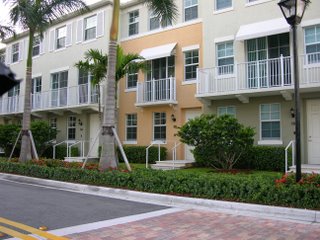
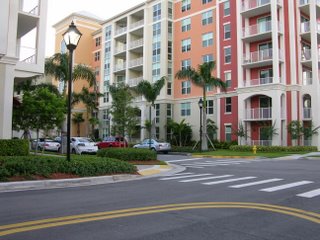

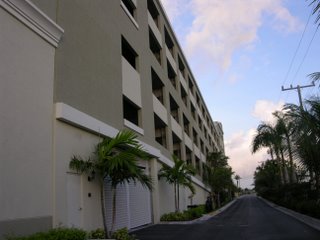



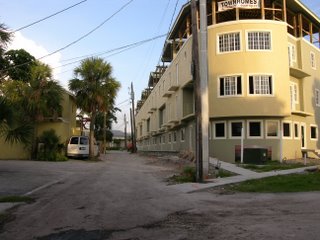
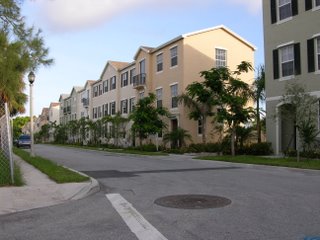
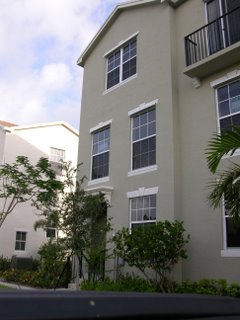
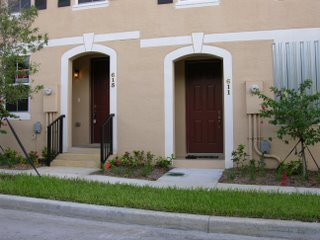
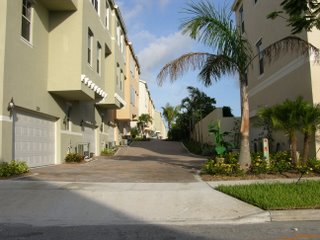
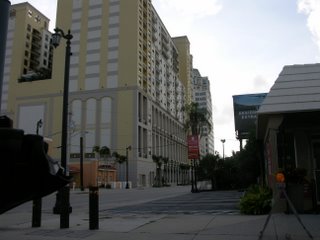



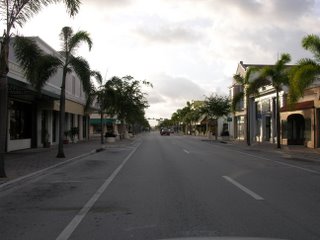


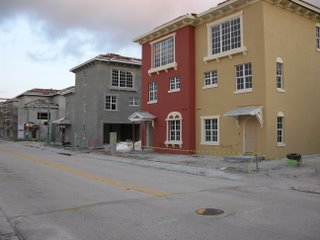
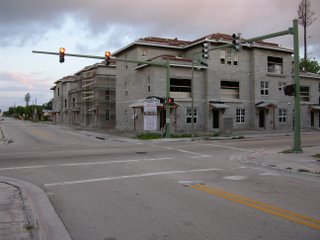











![Dr. W. H. Cotton’s ode: “Oh, My Lake Worth, Florida!” [circa 1920].](https://blogger.googleusercontent.com/img/b/R29vZ2xl/AVvXsEjUL75cv6zJQFjX15ojOIIz9AjnbqH4asHJTYSDhnGnYr7rJZRha1NcNTirj2xPcId158vkz5Hw-wXgOfrlztj8Zr8jLFFCfuEN6PyV44ZlpMRmJ68xbtFL9vzxNiG7xDs_HJvm/s1600/LakeWorthPioneers.JPG)





